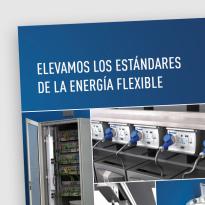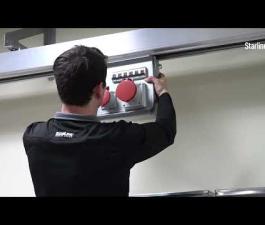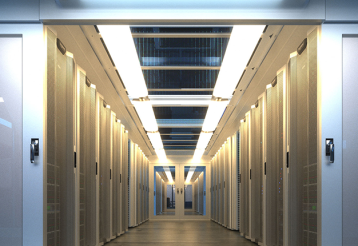Series-S Track Busway
Robust power distribution with IP54 protection for harsh environments.
Setting the Safety Standard
See how Starline busway and accessories minimize risk and ensure uptime.
High-Density Power for AI
Explore innovative solutions for high-performance computing and AI.
Discover Starline Power
Starline is a leader in innovative power distribution solutions for data centers, manufacturing, and other facilities. With a 90-year history in electrical infrastructure, our modular and scalable Starline Track Busway is the gold standard for flexible and adaptable power distribution. In a rapidly changing technological landscape, Starline busway and monitoring products provide reliable power that grows with your business and adapts to evolving demands. See how Starline’s power distribution solutions can help you reimagine flexible power while improving energy efficiency and reducing downtime.
Featured Products & Services
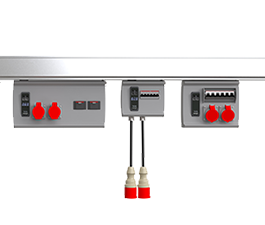
Track Busway
Starline Track Busway is an overhead power distribution system that allows you to move and rearrange power when and where you need it.
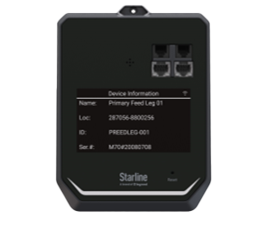
Critical Power Monitor
Access to revenue-grade power monitoring data is essential for informed and purpose-driven decision-making in data center environments.
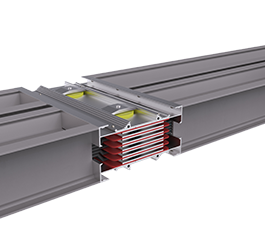
High Power Busway
Starline’s High Power Busway solutions are ideal for transporting and distributing energy in data center environments.

Value-Added Services
Whether you need commissioning, equipment rentals, meter programming, or on-site support, our comprehensive suite of service offerings has you covered.
Featured Videos
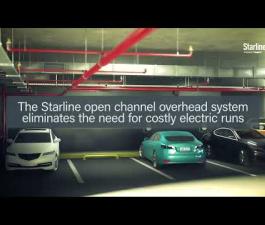
Track Busway for EV Charging
Flexible and scalable ingress-protected overhead power distribution for EV charging.
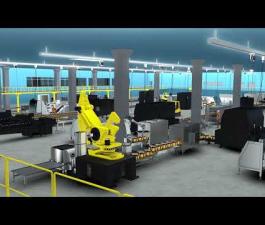
Track Busway for Manufacturing
Overhead power distribution that is easily reconfigured without downtime for active facilities.

M70 Critical Power Monitor
Gain unmatched power data and metering granularity with the M70 Critical Power Monitoring system.
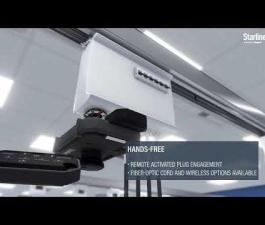
Remote Plug-in Actuator
See how to safely engage plug-in units from outside the arc flash zone to ensure operational safety.
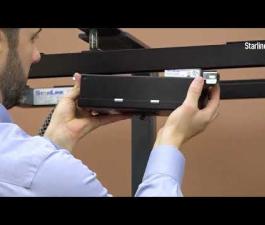
T1 Busway for Lighting & Small Loads
Learn about our power distribution busway for lighting and light-duty power needs.
Latest News & Insights

Enhanced Data Center Safety
Access strategies and insights to reduce arc flash risk and protect your team.
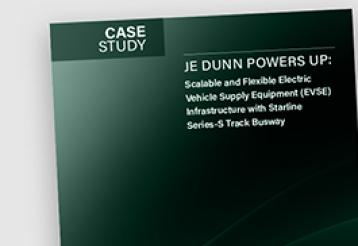
Series-S Enables Flexible EV Charging
Contractor JE Dunn utilized Series-S busway to retrofit a garage for EV charging.

